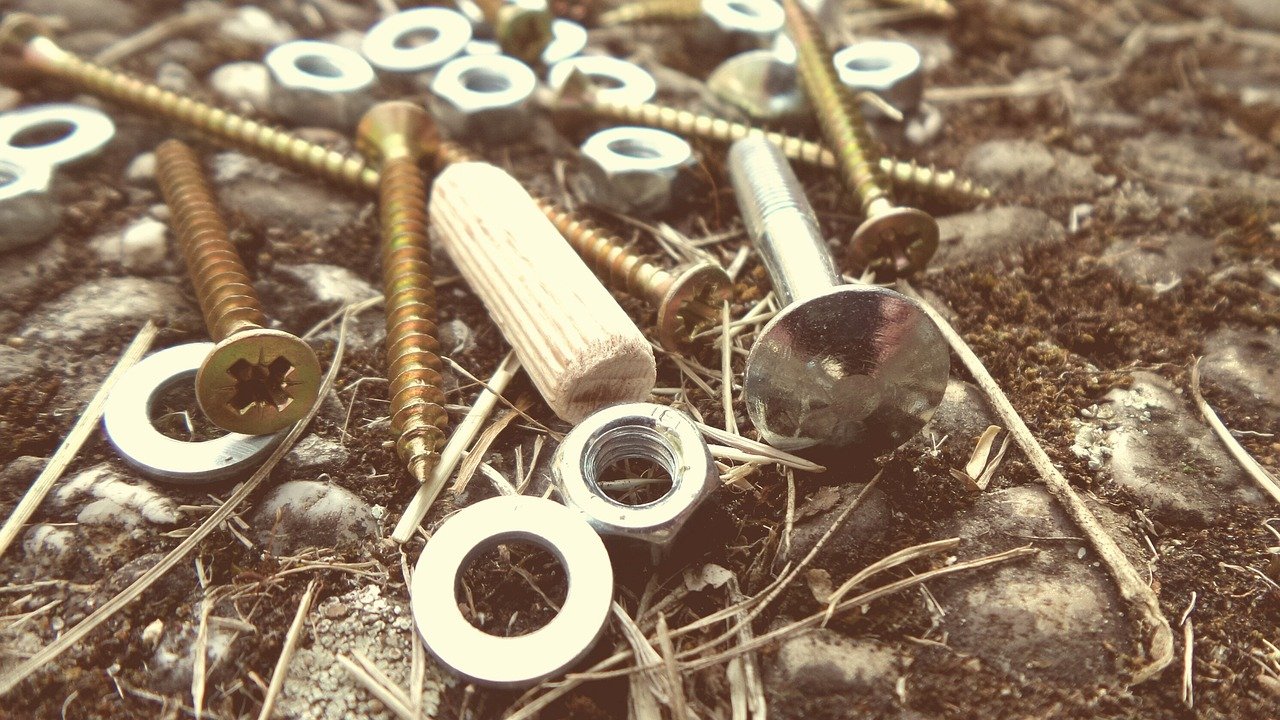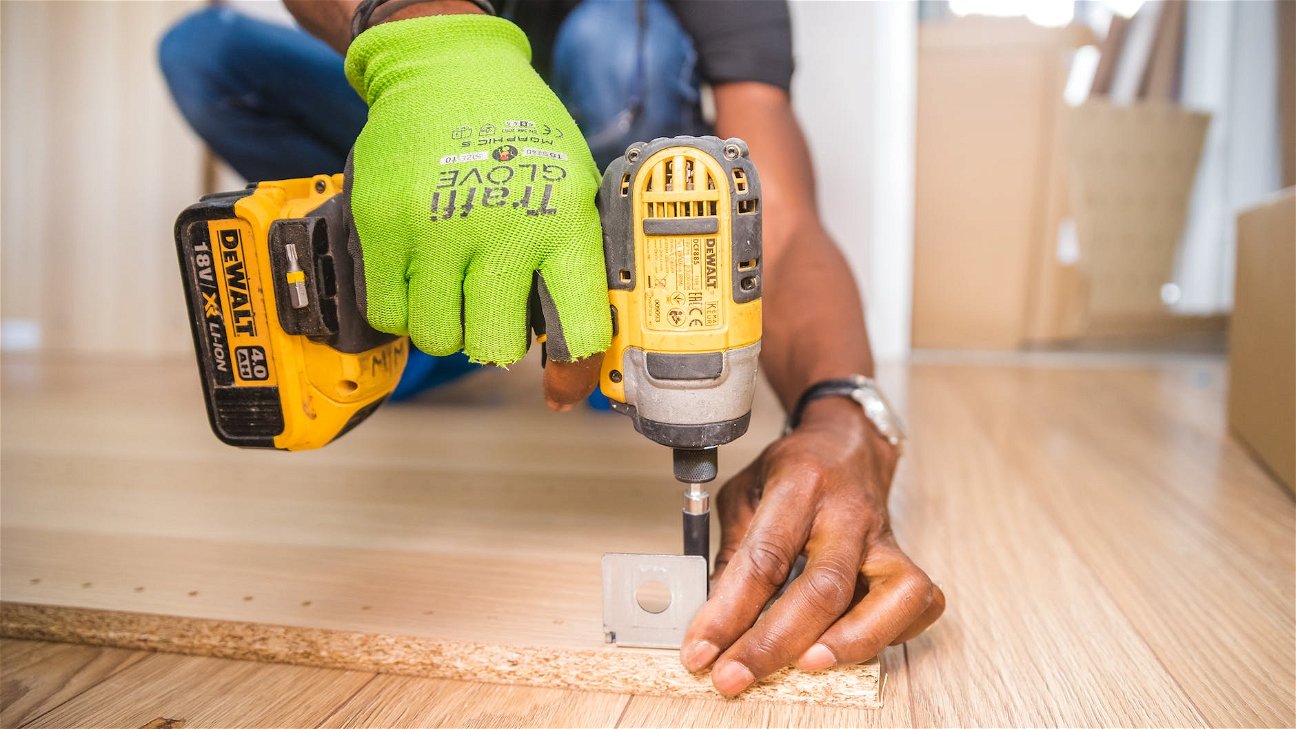
Whether you're a seasoned DIY enthusiast or a beginner looking to improve your home, you've probably found yourself faced with damaged drywall at some point. Wall damage can come in many forms, from small nail holes to larger holes caused by wear and tear, door knob collisions, or moving furniture. Whatever the type of damage, there are techniques that can help you repair it and restore your wall to its previous smoothness.
One of the most common types of wall damage is a hole in the drywall. Let's go through how to repair a large hole in drywall step by step.
What you’ll need:
- Drywall saw
- Utility knife
- Measuring tape
- Drywall (the same thickness as your existing wall)
- Drywall screws
- Screwdriver
- Drywall tape
- Joint compound
- Sandpaper
- Paint (that matches your wall color)
Step by Step Guide to DIY Drywall Patch:
-
Assess the damage: It’s essential to understand the extent of the damage before you start the repair process. If the hole is smaller than 1/2 an inch, you can use a patching compound instead of a drywall patch. But for larger holes, you'll need to use a drywall patch.
-
Cut out a rectangle around the hole: Using a drywall saw, cut out a rectangular section around the hole. This will make it easier to fit your new piece of drywall.
-
Measure and cut a new piece of drywall: Now, measure the dimensions of the rectangle you've cut out and cut a piece of new drywall to fit the hole.
-
Secure the new drywall: Screw the new piece of drywall using drywall screws. Be sure to drive the screws just below the surface of the drywall but not too deep as it can break the paper surface.
-
Apply drywall tape and joint compound: Apply a layer of drywall tape around the edges of your patch. Then, apply joint compound over the tape using a putty knife. Let it dry and apply a second layer if needed.
-
Sand and paint: Once the joint compound is completely dry, sand it smooth. Finally, paint over the patch to match it to the rest of the wall.
In addition to holes, you might also deal with other types of damage, such as dents or cracks. These are typically easier to fix, requiring just some joint compound or spackle and a bit of sanding.
Remember, practice makes perfect. The more you work with drywall, the better you'll get at achieving a smooth, seamless finish. This guide can serve as your go-to resource for drywall repair, whether you're patching small holes or fixing large ones.










